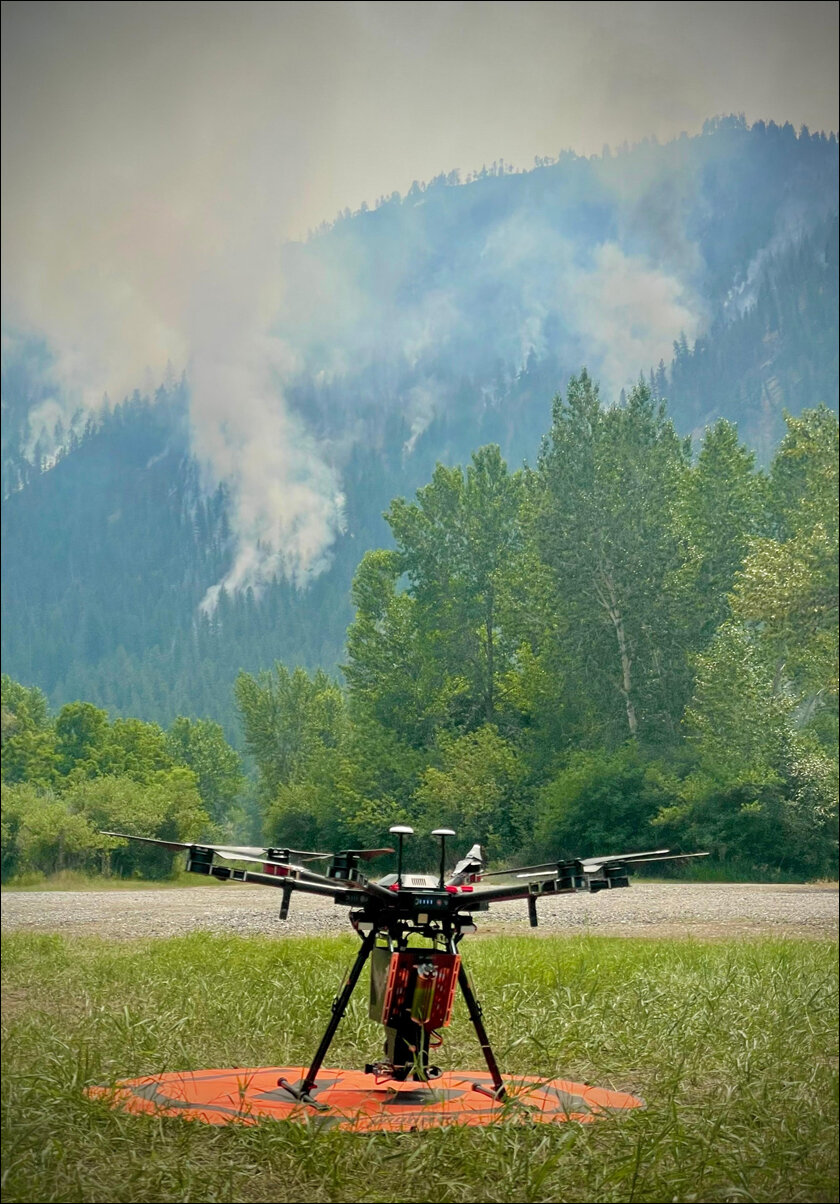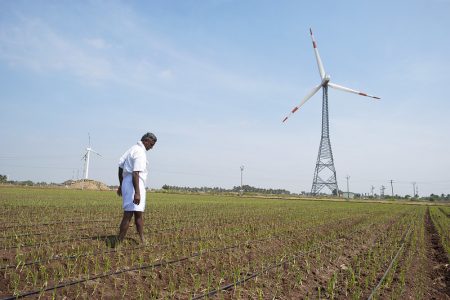With AI already making inroads in industry, education, and health worldwide, AI-driven technologies now offer previously unheard-of capabilities.
It’s no surprise that climate change is a global emergency that is challenging everyone from industry experts to scientists and engineers. With a wide array of disciplines, skills, and knowledge being put to use in combating it, it’s no surprise that Artificial intelligence (AI) has emerged as one of the solutions – or at least, making solutions possible. With it already making inroads in industry, education, and health worldwide, AI-driven technologies now offer previously unheard-of capabilities. So, in what ways can this cutting-edge technology help us fight and alleviate the effects of climate change?

Disaster Management and Prevention
As extreme weather events unfold more intensely and frequently worldwide, AI is helping communities be better prepared for climate disasters. For one, AI-driven initiatives have targeted high-risk areas and fed into national and local response plans.
For instance, scientists at the AI developed at the University of Leeds can map huge Antarctic icebergs in satellite images in one-hundredth of a second – 10,000 times faster than humans. Using satellite data, Edinburgh-based Space Intelligence has mapped more than a million hectares of land across 30 countries. It’s using the same to remotely measure metrics like deforestation rates to measure its impact on the climate crisis. That’s not all; AI is even being used in a UN project in the African countries of Sudan, Chad, and Burundi to help communities vulnerable to climate change.
In fact, leveraging AI’s benefits is also part of the UN’s groundbreaking 2022-launched “Early Warnings for All initiative“. It aims to protect everyone on Earth from hazardous climate, water, and weather events via early warning systems by the end of 2027.

Pollution and Waste Management
Pollution is killing the planet, whether air, water, noise, or whatnot. While cities worldwide are already tracking pollution in the form of quality reports, AI can help further. For instance, the Dutch environmental organisation “The Ocean Cleanup” employs various technologies, including AI, to help create detailed maps of ocean litter. That, in turn, can be rounded up and removed, making it more efficient and easier to help clean it up.
The same goes for waste management, as the methane produced by waste is responsible for 16% of GHG (global greenhouse gas) emissions. London software start-up Greyparrot is making strides in this space, having developed an AI system that analyses waste recycling and processing facilities. In fact, in 2022, it tracked 32 bn waste items across 67 waste categories, identifying 86 tonnes of average material that could be recovered but was being sent to landfills instead. Thus, it goes a long way in helping recycle and recover more waste, making cleanup quicker.

Decarbonizing and Carbon Neutrality
Reducing carbon footprint is a critical step towards combating climate change, and AI is also trying to do its bit in that area. For instance, gas, oil, mining, and metal companies use AI to decarbonise their operations.
An emissions-tracking platform developed by California-based Eugenie.ai combines data from machines and processes with satellite images. AI then follows it up by analysing this data, thus helping companies trace, track, and cut their emissions by almost 20-30%. Another instance is using mangroves for carbon sequestration, where they capture carbon dioxide from the atmosphere and store it in carbon pools. That’s why NASA has dubbed them one of the “best carbon scrubbers”.
Did you know that reforestation reduces carbon emissions? Well, it does indirectly, at least. Drones in the coastal city of Rio de Janeiro are teaming up with AI-powered computers to reforest the hills around the city. The January 2024-launched effort comes from the start-up Morfo and aims to grow seeds in remote areas that are hard to reach. The computers map the targets and the number of seeds that need to be dropped. With 180 seed capsules/minute being dispersed by a single drone, the operation is 100 times faster than using humans for traditional reforestation. What could be better?

Attenuating the Effects of Fast Fashion
The fashion industry’s impact on the planet is undeniably colossal, stretching across every aspect of the chain, whether designing/creating fibres, producing and delivering them, and even their usage and eventual disposal. Every element has contributed significantly to the sustainability crisis. This is another place where AI has stepped in, with inventions ranging from digital runways, virtual marketing campaigns, and virtual fitting rooms to thrift stores and pre-loved fashion. Take Alibaba, Amazon, Thread.com, and ASOS platforms, all pioneering using AI to tailor user shopping experiences. Very recently, we’ve seen the introduction of AI-generated models, which showcase diversity in all sizes and shapes and allow users to make more tailored buying decisions, thus reducing fashion waste from returns. AI is doing it all, whether it’s seamless online shopping experiences, personalised expert styling experiences, or automated systems sorting and cleaning returned garments to free up inventory.
Unsurprisingly, AI is one of the key emerging technologies in the “Top 10 Emerging Technologies of 2023” report by the World Economic Forum. As a critical catalyst in realising climate change goals, AI algorithms will play a significant role in minimising environmental impact across industries in the future.
In case you missed:
- Technology for good – How IoT is driving sustainability
- AI: Bringing About The Next Agricultural Revolution In India
- Green Data Centres: Future-ready for Sustainable Digital Transformation
- The Price Of Money: Can Cryptocurrency Go Green?
- IoT and its role in energy transition
- How AI Can Transform Disaster Management
- AI Just Found a Lost City, is Archaeology Seeing a Digital Revolution?
- Top Digital Transformation Trends For 2024
- Tackling The Most Critical Cloud Security Vulnerabilities
- Can We Really Opt Out of Artificial Intelligence Online?









